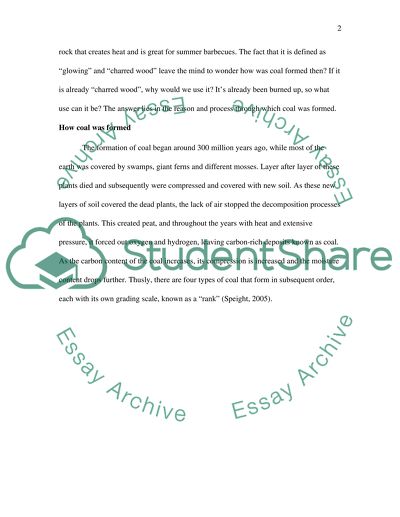Cite this document
(“All about Coal Research Paper Example | Topics and Well Written Essays - 1750 words”, n.d.)
Retrieved from https://studentshare.org/family-consumer-science/1415138-all-about-coal
Retrieved from https://studentshare.org/family-consumer-science/1415138-all-about-coal
(All about Coal Research Paper Example | Topics and Well Written Essays - 1750 Words)
https://studentshare.org/family-consumer-science/1415138-all-about-coal.
https://studentshare.org/family-consumer-science/1415138-all-about-coal.
“All about Coal Research Paper Example | Topics and Well Written Essays - 1750 Words”, n.d. https://studentshare.org/family-consumer-science/1415138-all-about-coal.


